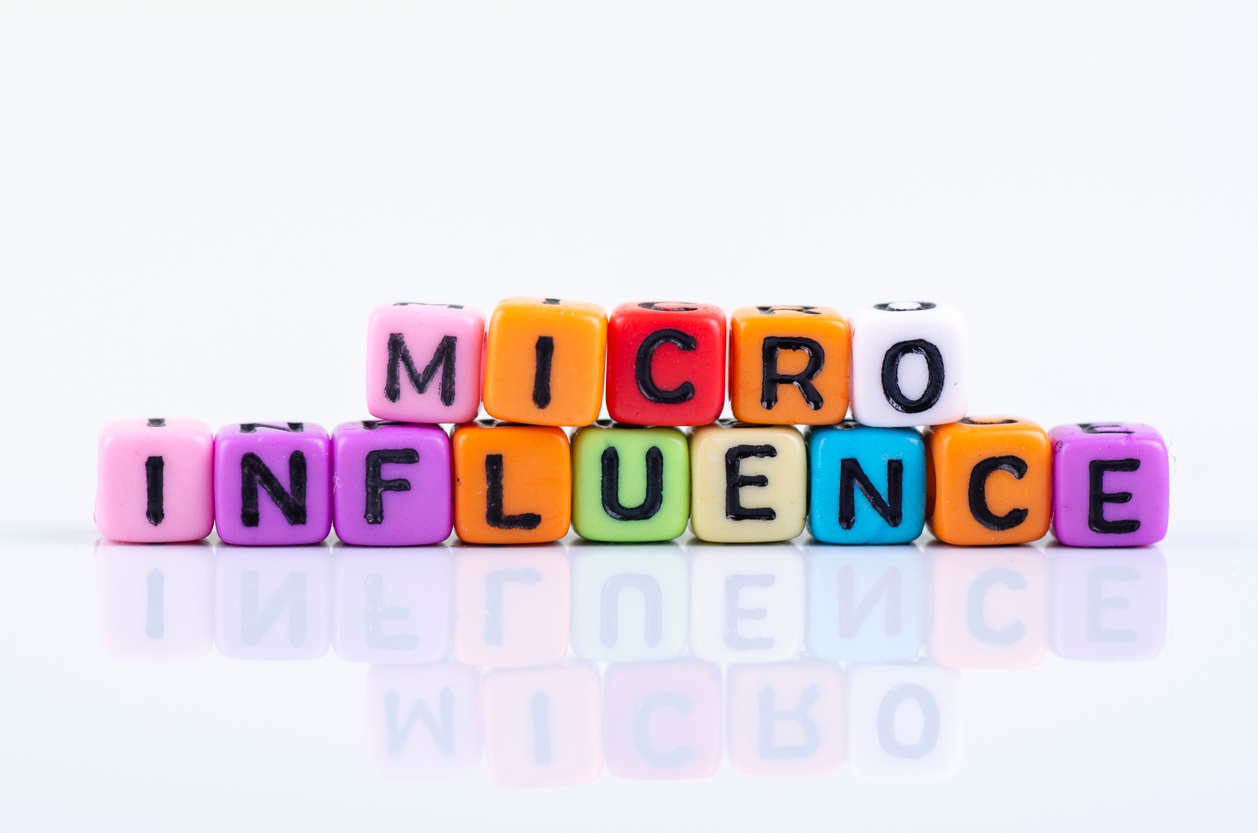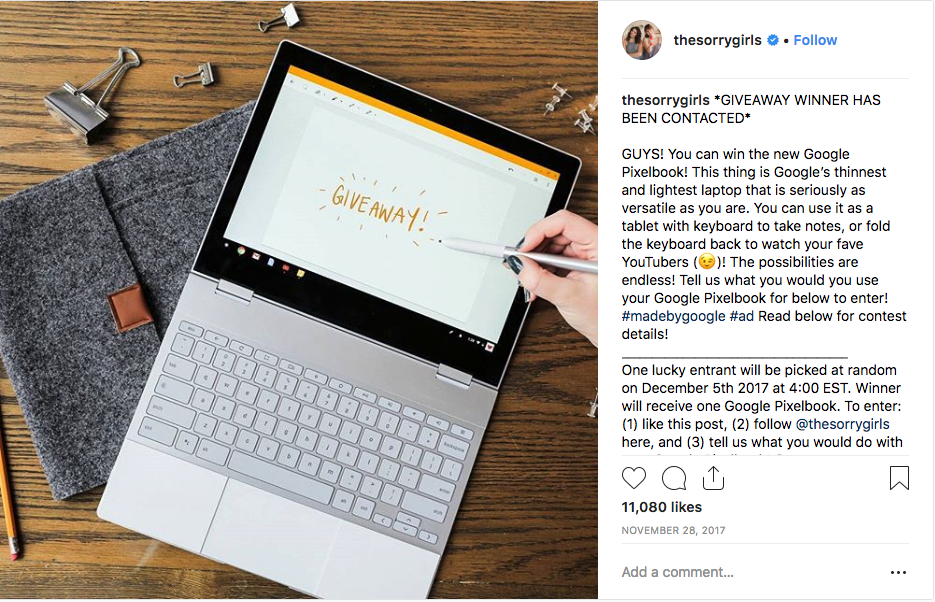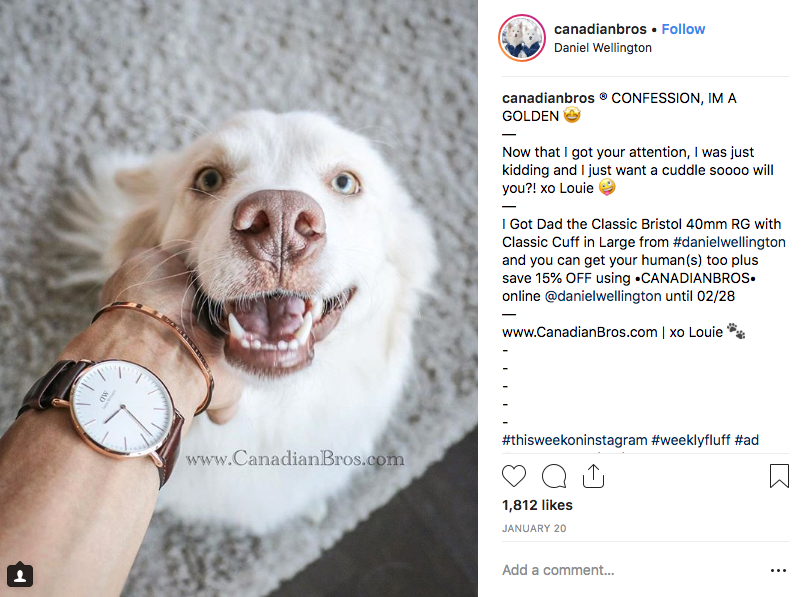Micro influencers: Where should trust marketers stand?
As the balance of power in marketing continues to shift toward trust—based models, so-called micro influencer marketing has rapidly established itself as a hot trend.
Where scrutiny has fallen on the world of large-scale influencer marketing, micro influencer marketing, with its focus on more authentic product endorsements, has presented itself as the more effective trust-building alternative.
So what exactly are micro influencers — and are they really to be considered a genuine branch of a brand’s trust marketing strategy?

Size doesn’t always matter
General influencer marketing; — where a brand leverages the huge audiences of well-followed figures on social media, has been a lucrative business for a while now.
The benefits of influencer marketing can be huge. Brands get to tap into the attention of the millions of followers that big-name celebs draw on social media. In turn, audiences receive messages and endorsements for products that are likely to be relevant and of interest to them.
And the influencers? Well, if reports are to be believed, the most sought after social media profiles get paid anywhere between $25,000 per sponsored post, to upwards of $200,000 per sponsored partnership campaign.
So on the face of it, a brand might assume that the larger an influencer’s following the greater the success of the partnership, in terms of customer engagement and sales conversion. Not so much, actually.
Engagement trumps audience size
Interestingly, studies show that as an influencer’s following increases, their engagement rate actually decreases.
According to research by Markerly, Instagram users with less than 1,000 followers generated comments about 0.5% of the time, compared to 0.04% for those with 10 million plus followers. That smaller following is almost 13 x more engaged.
Brands have come to realise that chasing household names online reduces their approach to digital marketing to something not all that different from the old-school ‘push’ advertising of paid for TV and newspaper advertising space: exorbitantly expensive, with too small a return on their investment.
Apparently, the 100k follower mark is where engagement rate typically starts to flatten out — whilst a 10,000 strong following is considered the point at which a profile could be considered seriously influential to brands in spaces relevant to that audience.
In short, marketers have come to realise that a small but mighty army of engaged followers can contribute far more value to a company, than big ticket names. Online profiles that fall into this sweet spot between audience size and engagement, are considered the micro influencers of this world.

3 examples of successful micro influencer partnerships
- Audible and Jesse Driftwood
Photographer and filmmaker Jesse Driftwood. (@jessedriftwood) partnered with Audible to promote their service in a sponsored, yet clearly heartfelt post.

Far from being a crude sales pitch for Audible, Driftwood subtly weaves in the product as part of a personal anecdote about his favourite ways to stay productive and keep learning. The kind of genuine and relatable advice you’d just as likely receive from a trusted friend.
The post got over 11,000 likes and 300 comments, with an engagement rate of 30%.
- Google and The Sorry Girls
The Sorry Girls is the instagram profile of creative lovers of all things craftsy and DIY, Kelsey Macdermaid and Becky Wright. The pair recently ran a laptop giveaway in partnership with Google using a sponsored photo and competition instructions in the description.
Using the product photo to emphasise the laptop’s drawing capability, offered a nice tie-in with the likely artistic leanings of the feed’s followers.

The post generated over 11,000 likes and 7,000 comments, with an engagement rate of 59.4%.
- Daniel Wellington and Canadionbros
Swedish watchmaker Daniel Wellington doesn’t do traditional advertising, instead embracing the likes of micro influencer partnerships. In a recent Instagram campaign, it went truly outside of the box by choosing to partner with a series of pet focussed instagrammers. Pets… what’s the link there? Well, a lot of pet shots shared on accounts like Shadow Scuba and Canadionbros are taken from the vantage point of the human photographer — and more often than not, with their owners wrists in shot. And what do a lot of people wear on their wrists…?

Yep, Daniel Wellington decided to try expanding beyond their traditional audience circles and reach fresh demographics. They cleverly included discount codes in micro influencer posts to sweeten the deal with prospective customers.
The pros and cons of micro influencer marketing
What things like micro influencer partnerships show us is that in the digital age, the aim isn’t to go after everyone. It’s to find the people that matter to us, those with whom we share things in common, and to connect with them in authentic ways that build trust.
Quality matters more than quantity. Marketing is no longer about just building up audience size and reach. It’s about building up trusted relationships.
For this reason, we think that combined with efforts such as referral programmes, micro influencers could have a role to play in building authentic and lasting relationships with customers.
Micro influencers often inhabit a niche interest space — a certain lifestyle, industry or set of values, which if relevant to your brand and its products or services, could represent a win-win partnership scenario for everyone involved.
In much the same way that refer-a-friend programmes leverage trust among friendship networks, micro influencers can be another quality source of recommendation-driven sales for brands.
That said, the micro influencer trend hasn’t been without its doubters. Any type of influencer — micro or otherwise — is part of a financial transaction with the brand in question, undermining the authenticity of the activity.
In fact, transparency over this fact is a growing issue. The Competition and Markets Authority (CMA) has begun to crack down on high-profile social media accounts that fail to disclose paid endorsements, as it becomes increasingly difficult for consumers to distinguish between genuinely organic recommendations, and those that appear at first-glance to be organic — but are actually content that the influencer was paid a handsome sum to post.
In summary
As a form of paid advertising, micro influencers offer a higher quality level of engagement than traditional ‘push’ broadcast advertising — or indeed, than influencer marketing involving world-renowned celebs with huge audiences.
But brands should be under no illusion that micro influencer marketing is nonetheless a paid form of advertising. And as such, there are limits over how deeply a consumer can trust in it as a source of friendly recommendation, free of ulterior motive.
Measured on trustworthiness, nothing beats the power of referral marketing. Refer-a-friend programmes are built on the powerful bonds that exist between friends.
Influencer marketing, if approached well, can do a pretty good job of replicating or supplementing that authenticity — but stops short of truly matching it.
Angela Southall
Read more >
Never miss another update
Subscribe to our blog and get monthly emails packed full of the latest marketing trends and tips






